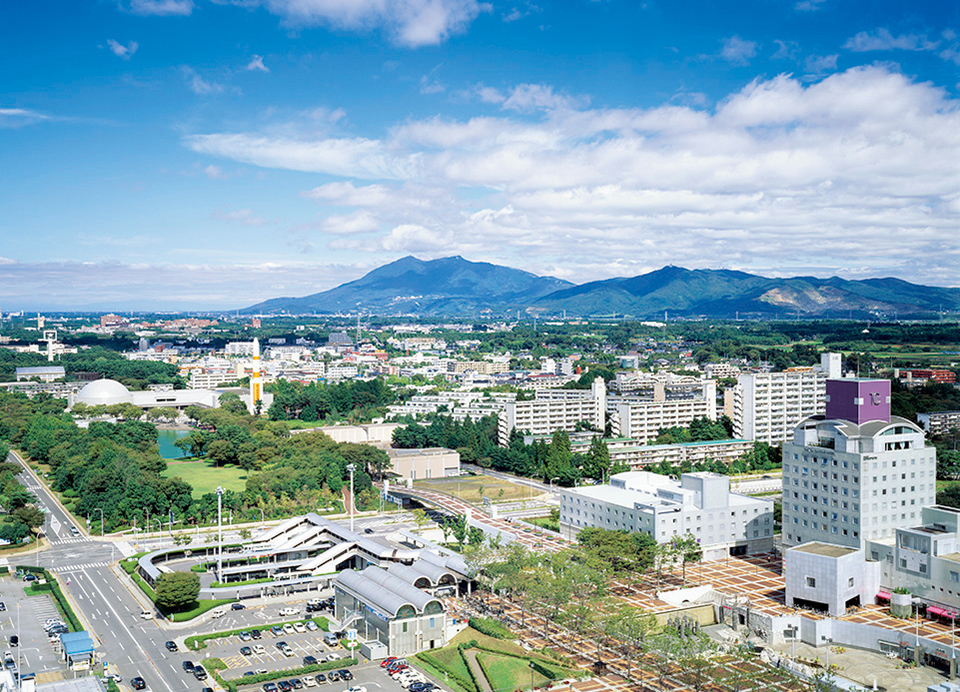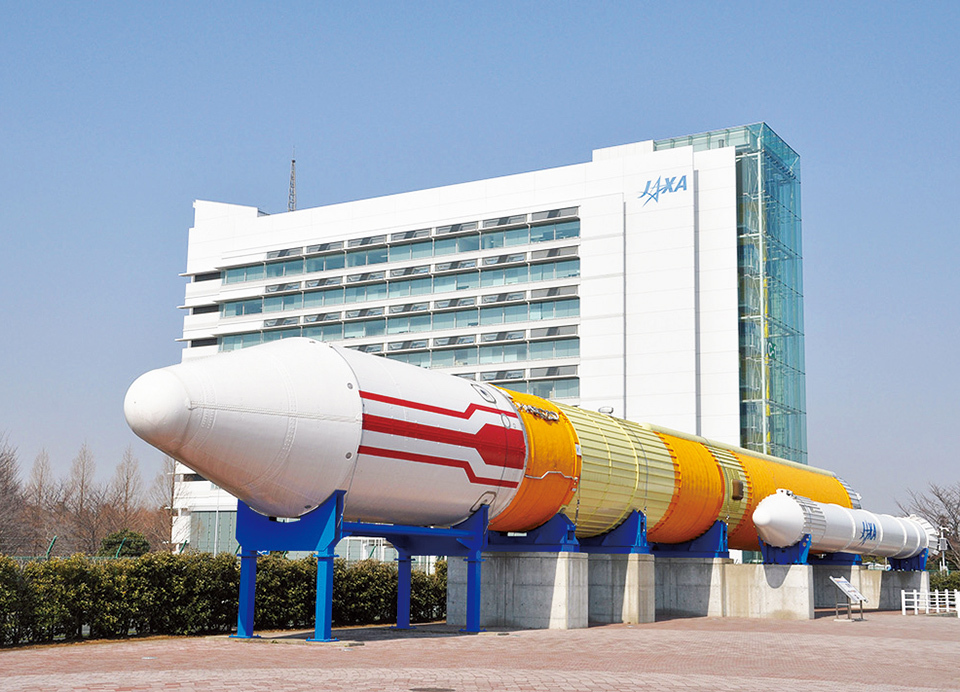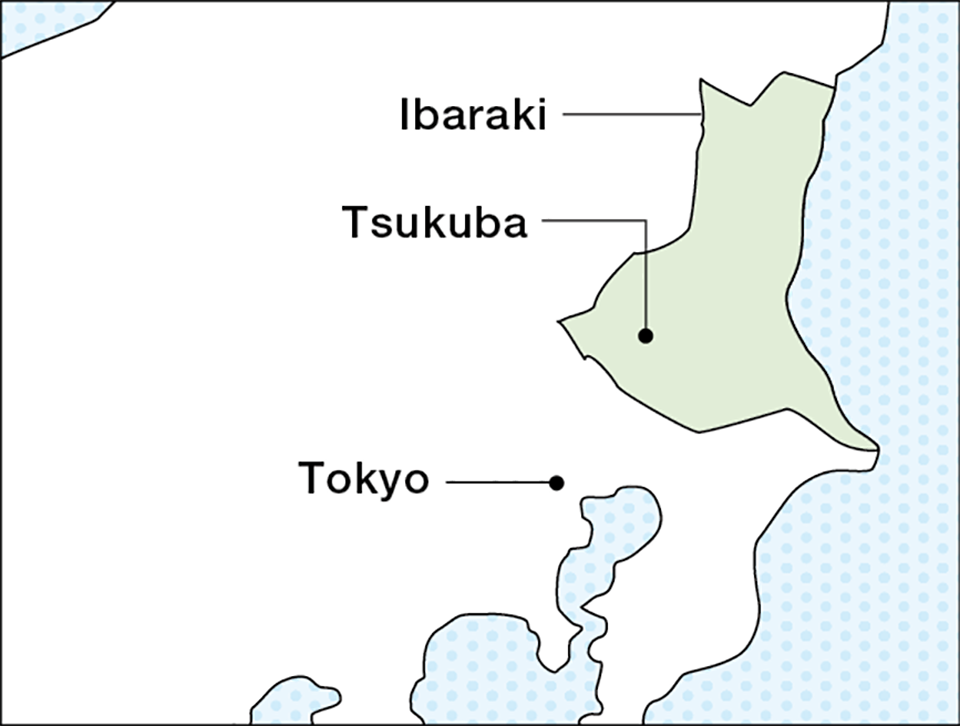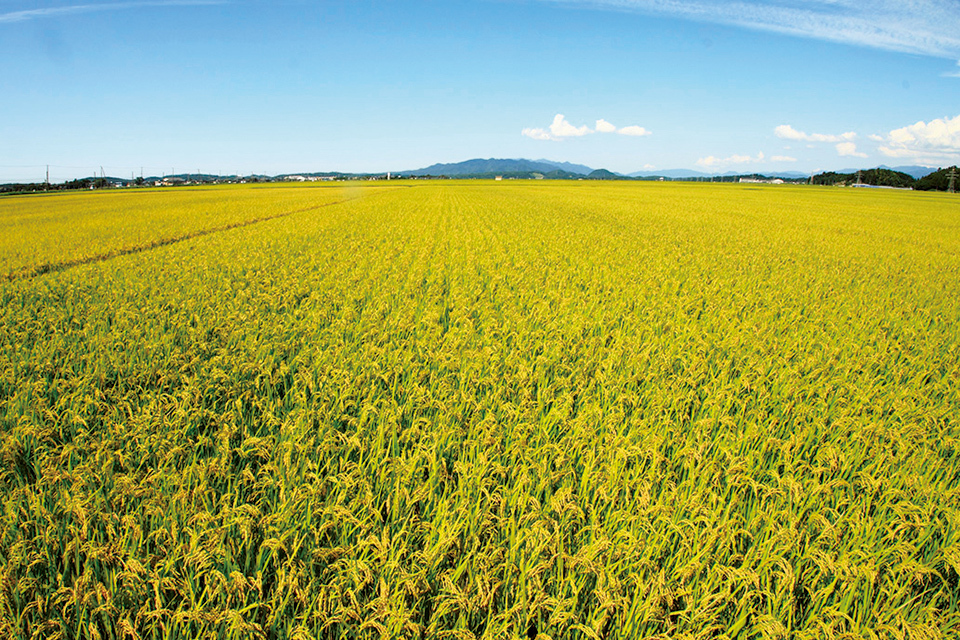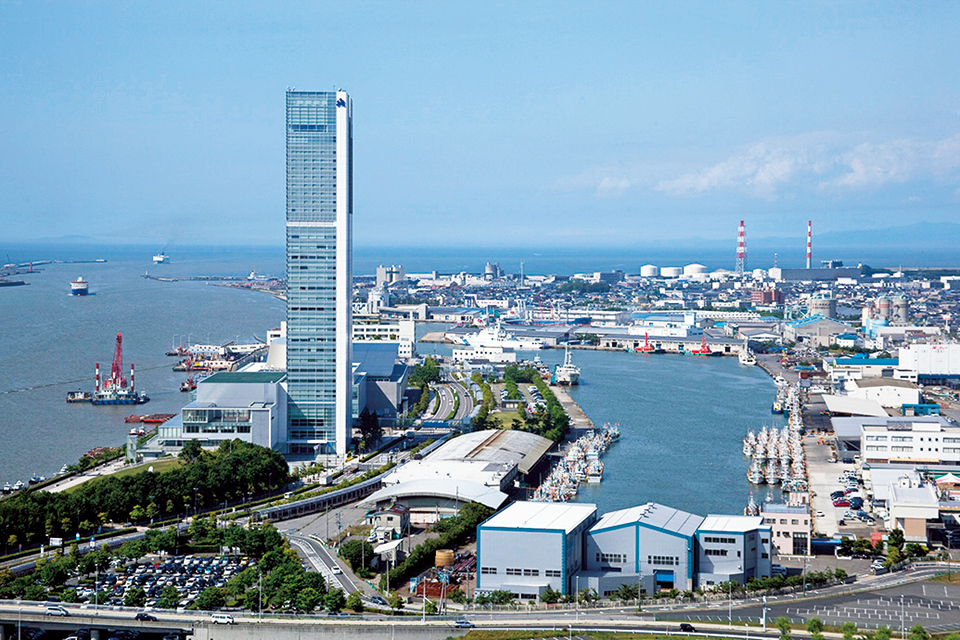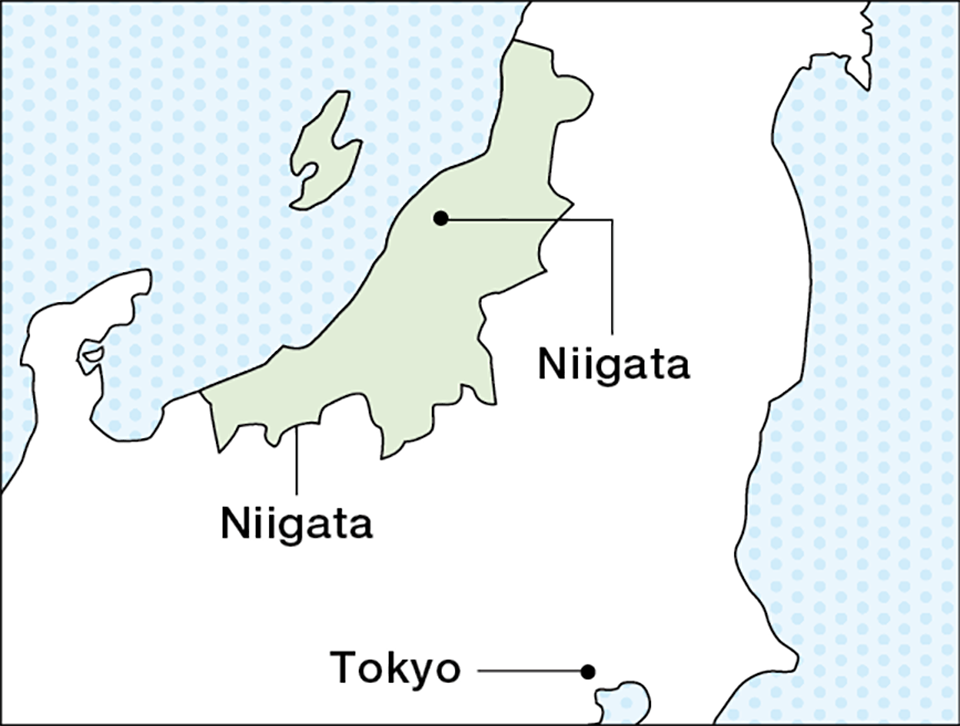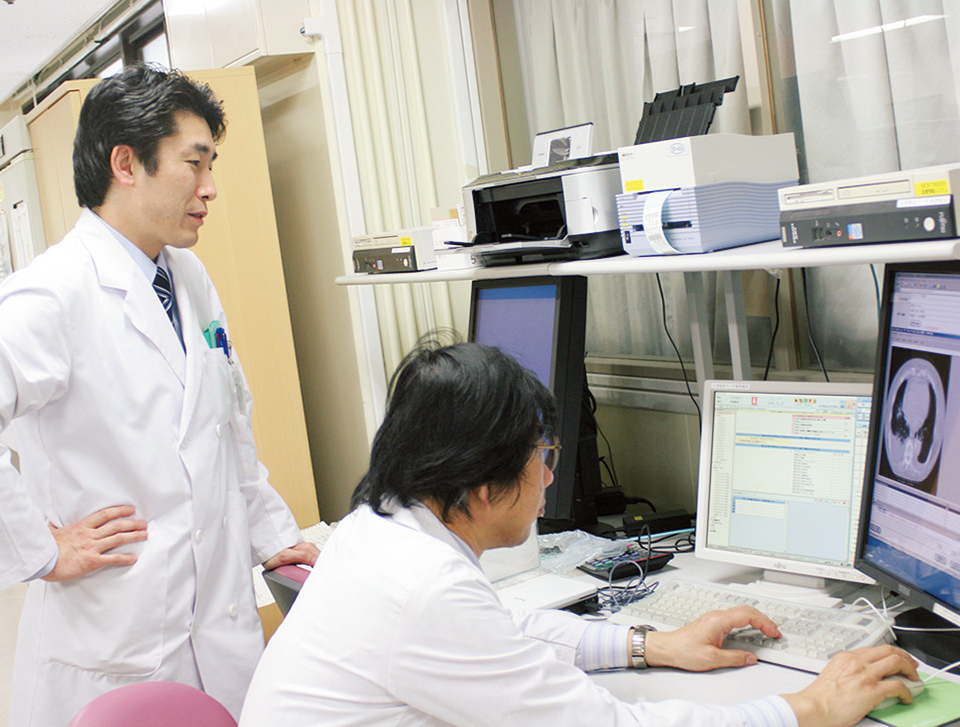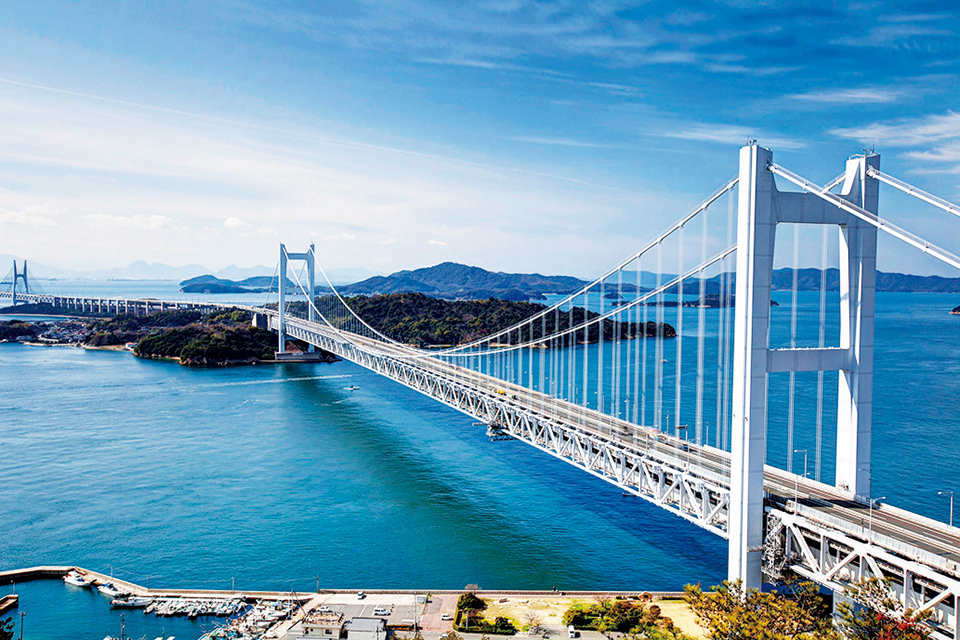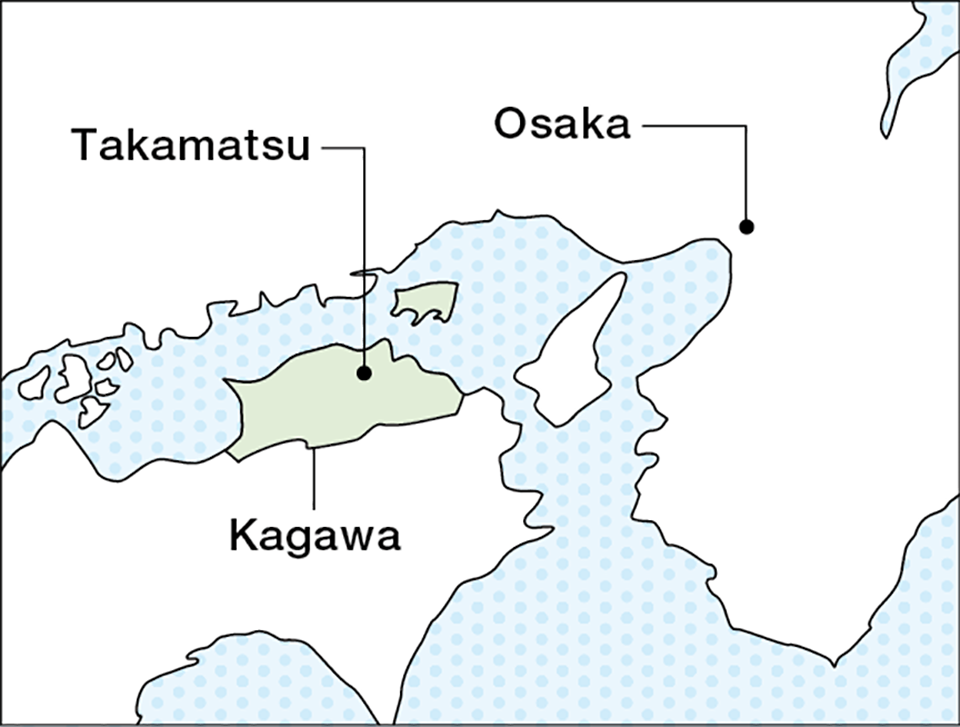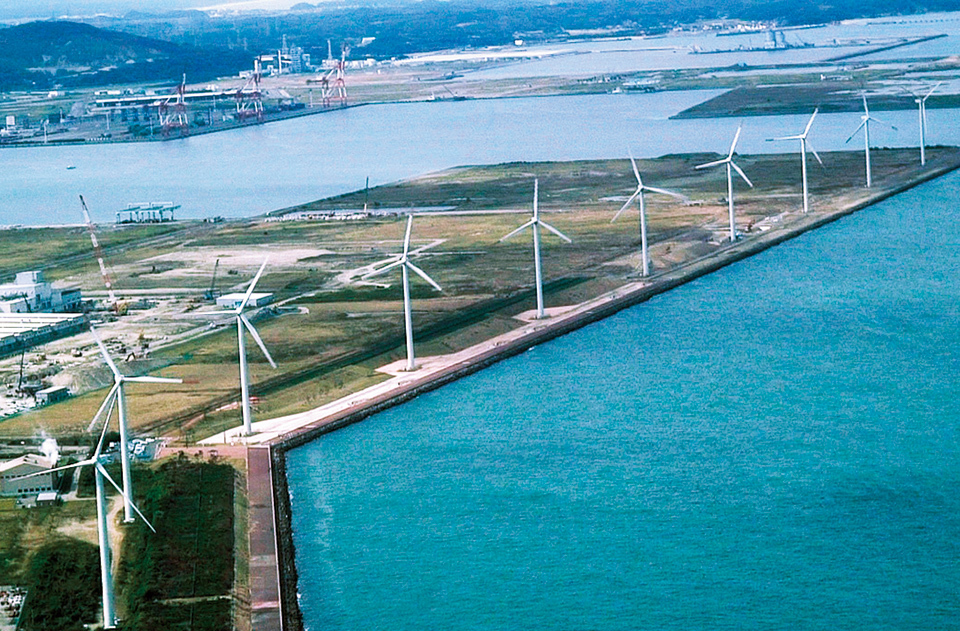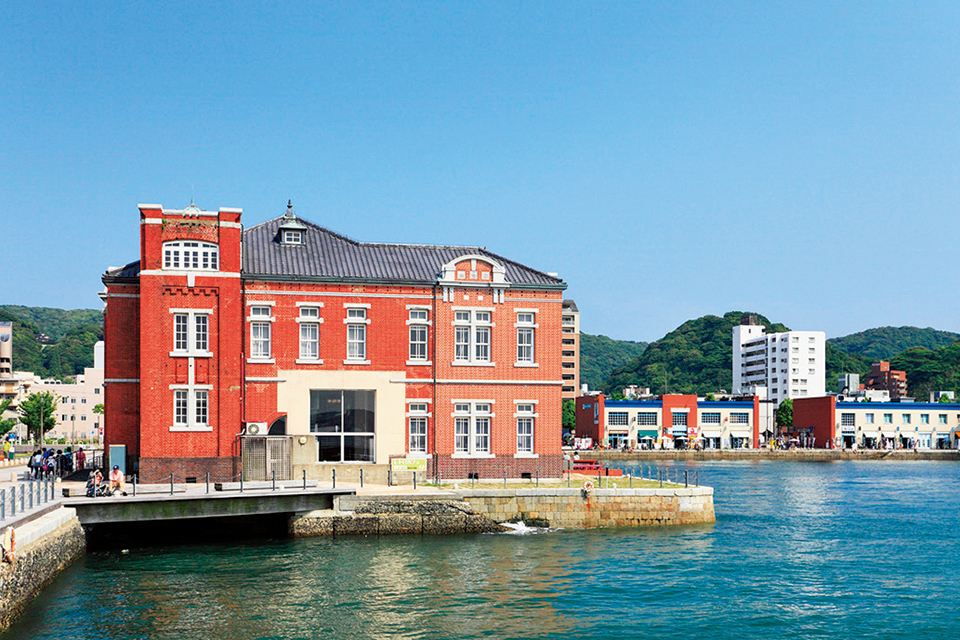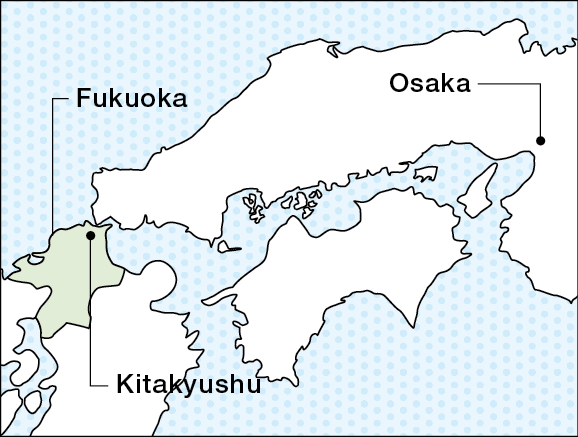Tsukuba: Where Nature is Found Alongside Science and Technology
The G7 Science and Technology Ministers’ Meeting will be held in Tsukuba, Ibaraki Prefecture, about 50 kilometers (30 miles) northeast of central Tokyo. This city, located at the foot of Mount Tsukuba, which has been loved for its beauty since ancient times, is famous as a science city that is home to many businesses specializing in robotics, aerospace, and other industries in the science and technology field. Tsukuba led the country in experimenting with the use of mobility robots on public roads; this is just one example of how it is possible to experience the latest technology in everyday life here.
Tsukuba supports a variety of lifestyles as a “smart garden city” that combines a full set of urban functions with peaceful rural scenery, and its many foreign residents, including researchers and students from abroad, contribute to its cosmopolitan atmosphere.
Tsukuba is one of the world’s leading science cities and also a comfortable place to live, retaining rich natural beauty. This combination makes it attractive for both visitors and residents.
Tsukuba hosts around 300 public and private research centers and companies, and is also a green and pleasant municipality. Mount Tsukuba is seen towering in the distance.
Tsukuba Space Center and its exhibition hall introduce the history and activities of the Japan Aerospace Exploration Agency (JAXA), a key driver of Japan,s aerospace research and development.
Niigata: Japan’s Rice-Producing Center and a Gateway to the World
The city of Niigata in Niigata Prefecture, which will host the G7 Agriculture Ministers’ Meeting, is around two hours from Tokyo by Shinkansen high-speed rail. It is the largest city on the Sea of Japan side of Honshu, Japan’s main island. The city is situated in the center of the Echigo Plain, an area that boasts the largest paddy field acreage in Japan, and it has been designated a National Strategic Special Zone for agriculture. Niigata Prefecture is famous for Koshihikari and other brands of rice, as well as rice products including sake and snacks like rice crackers. In recent years, the prefecture has actively promoted exports, particularly to East Asia.
The city of Niigata was, along with Yokohama and Kobe, one of the first Japanese ports opened to foreign trade in 1858, and it enjoys thriving relations with such neighboring countries as Russia, China, and South Korea. The city offers visitors traditional forms of Japanese hospitality.
With delicious local agricultural products and a rich food culture accompanied by genuine hospitality, Niigata offers great opportunities to enjoy history and cuisine to the fullest extent.
A paddy field within the city limits. Niigata Prefecture has the highest acreage for rice cultivation, the largest rice harvests, and the highest total agricultural output in Japan.
Niigata Port, built at the mouth of the Shinanogawa river, is the nation’s only core international port connecting to the Sea of Japan, and it is plied by many cargo ships. Toki Messe, the convention center where the ministers are to meet, looks out toward the port.
Takamatsu: A Blend of Technology, Nature, and Art
The G7 ICT Ministers’ Meeting will take place in Takamatsu, Kagawa Prefecture, about 80 minutes by plane from Tokyo. The prefecture is known for the pioneering adoption of the telemedicine network Kagawa Medical Internet Exchange (K-MIX), having become the first place in Japan to introduce this kind of ICT-based system. Kagawa Prefecture is a center for activities in the information and communications field.
Takamatsu, which faces the Seto Inland Sea, is also a gateway to Setonaikai National Park, one of the first national parks in Japan, with more than a thousand islands of different sizes. Visitors who journey around the islands can experience picturesque, peaceful scenery, including terraced rice fields and houses built along the coastlines.
Surrounded by natural beauty, Takamatsu is also the hub for the Setouchi Triennale, an international festival for contemporary art that is held on nearby islands. Sunport Takamatsu, located beside the port, features displays of sculptures and other artworks, allowing anyone to easily encounter the latest art trends.
Takamatsu is a city where people preserve traditional lifestyles in quiet coastal scenery and visitors can enjoy Japan’s cutting-edge technology and contemporary art.
The widespread adoption of K-MIX makes it possible to send medical data electronically, allowing specialists to offer advice for general physicians at clinics.
There are more than a thousand islands of varying sizes in Setonaikai National Park, creating stunning island-filled seascapes characterized by their combination of natural features and human influences.
Kitakyushu: An Industrial City Now Thriving as an Environmental Leader
Kitakyushu in Fukuoka Prefecture, about an hour and 40 minutes by plane from Tokyo, will be the venue for the G7 Energy Ministerial Meeting. After the foundation of the state-owned Yawata Steel Works in 1901, Kitakyushu developed into one of the cities driving Japan’s industrial growth. With rapid industrialization, it experienced a period of significant pollution, but citizens, companies, research institutes, and the municipality worked together to improve the environment. Focusing on an energy supply system targeting the creation of a recycling- oriented society, the city became the first Asian municipality to be selected by the OECD as a “green growth model city.”
Thanks to its location on the northern tip of the island of Kyushu, facing Honshu, Japan’s main island, across the Kanmon Strait, Kitakyushu has long been a strategic hub for transport. Moji Port flourished as a major Japanese trade port in the early modern era, and the buildings used by banks, trading companies, and other businesses preserve the distinct character of the time at a tourist site known as the Mojiko Retro Area.
Kitakyushu, which propelled Japan’s industrial modernization and rapid economic growth, is now thriving as a city that leads the world in energy and environmental policies.
Kitakyushu supported Japanese economic growth as hub of one of the country’s four major industrial zones. These days, an increasing number of companies are involved in recycling as part of the city’s Eco-Town Project.































































































































